The Ultimate Buyer's Guide for Purchasing An Anodizing Machine
Investing in an anodizing machine is a strategic decision that requires careful consideration of various factors to ensure that the chosen equipment meets your specific needs and contributes to the success of your anodizing processes. This comprehensive buyer's guide provides essential insights and considerations to guide you in making an informed decision when purchasing an anodizing machine.
1. Type of Anodizing Process: Determine the specific type of anodizing process you will be performing, such as sulfuric acid anodizing, hard anodizing, or chromic acid anodizing. Different machines are designed for specific processes, so selecting the right type ensures compatibility with your intended applications.
2. Size and Capacity: Assess the size and capacity of the anodizing machine to ensure it can accommodate the volume and dimensions of the parts you plan to anodize. Consider both the overall dimensions of the machine and the size of its processing tanks to match your production requirements.
3. Material Compatibility: Verify that the common anodizing machine is compatible with the materials you intend to anodize. Different materials may require specific process parameters, and the machine should be capable of handling a variety of metals or alloys commonly used in your industry.
4. Automation and Controls: Evaluate the level of automation provided by the machine and the sophistication of its controls. Automation features can contribute to process consistency, efficiency, and reduced manual intervention. Look for machines with user-friendly interfaces and advanced control systems.
5. Tank Construction and Material Handling: Examine the construction of the processing tanks in the anodizing machine. Tanks should be corrosion-resistant and constructed from materials suitable for anodizing processes. Additionally, consider the design for efficient material handling within the tanks, ensuring uniform anodizing results.

6. Energy Efficiency: Assess the energy efficiency of the anodizing machine, considering factors such as heating elements, insulation, and overall energy consumption. Energy-efficient machines contribute to cost savings and align with sustainability goals.
7. Maintenance and Serviceability: Anodizing machines require regular maintenance to ensure optimal performance. Check for features that facilitate easy maintenance, such as accessible components, automated cleaning systems, and the availability of spare parts. Inquire about the manufacturer's support for maintenance and repairs.
Additional reading:Introduction to Facing and Centering Machines: A Comprehensive Overview
Unlocking Precision and Efficiency: How Fiber Laser Cutting Machines Work
A Comprehensive Guide to Maize Flour Milling Plants: Design, Operation, and Maintenance
Hydrogen Peroxide Plant: Manufacturing Process and Applications
What is PDC Bit?
How Does a Rotary Wire Straightener Work?
Air-Cooled Screw Condensing Units
8. Environmental Considerations: Consider the environmental impact of the anodizing machine. Some machines are designed with features to minimize chemical waste, reduce water consumption, and adhere to environmental regulations. Ensure compliance with environmental standards relevant to your industry.
9. Cost and Return on Investment (ROI): Evaluate the overall cost of the anodizing machine, taking into account both the initial purchase price and long-term operating costs. Assess the potential return on investment based on increased productivity, improved quality, and cost savings in the anodizing process.
10. Manufacturer Reputation: Research the reputation of the manufacturer or supplier of the anodizing machine. A reputable manufacturer is more likely to provide reliable equipment, excellent customer support, and adherence to industry standards.
11. Safety Features: Safety is paramount in anodizing operations. Ensure that the anodizing machine is equipped with safety features such as emergency shut-off mechanisms, ventilation systems, and compliance with safety standards to protect operators and minimize risks.
12. Training and Support: Inquire about the training provided by the manufacturer for operating and maintaining the anodizing machine. Additionally, assess the level of customer support and technical assistance available to address any issues or questions that may arise during machine operation.
Conclusion: Informed Investment for Anodizing Success:
In conclusion, the ultimate buyer's guide for purchasing an anodizing machine involves a thorough assessment of your specific process requirements, machine features, environmental considerations, cost factors, and the reputation of the manufacturer. By carefully considering these factors, you can make an informed investment that aligns with your business goals and ensures the success of your anodizing operations.
What Is an Excavator Vs Backhoe?
How Does an Induction Brazing Machine Work?
What is Common Blow Molding Problems and Solutions?
Optimizing Your CNC Metal Spinning Machine for Unparalleled Efficiency and Productivity
The Process Overview of Acetic Acid Plant
What Are The Benefits of Using Induction Pipe Bending Machine?
What factors should I consider when choosing the unpowered beading machine for my crafting needs?
100
0
0
Related Articles
-
180
0
0



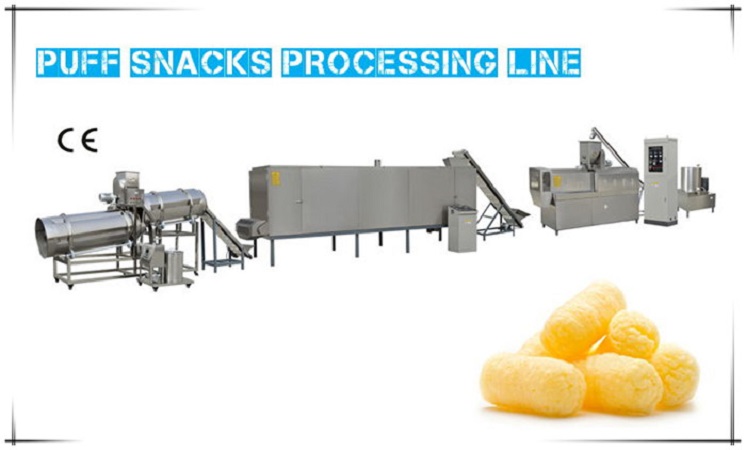
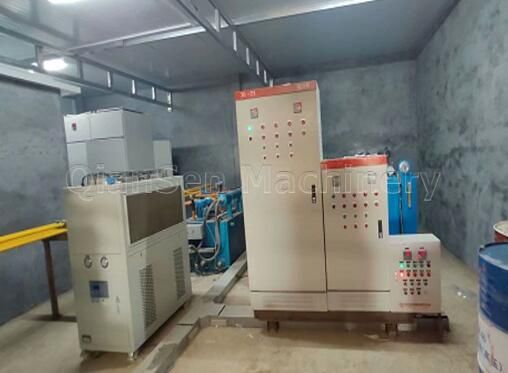
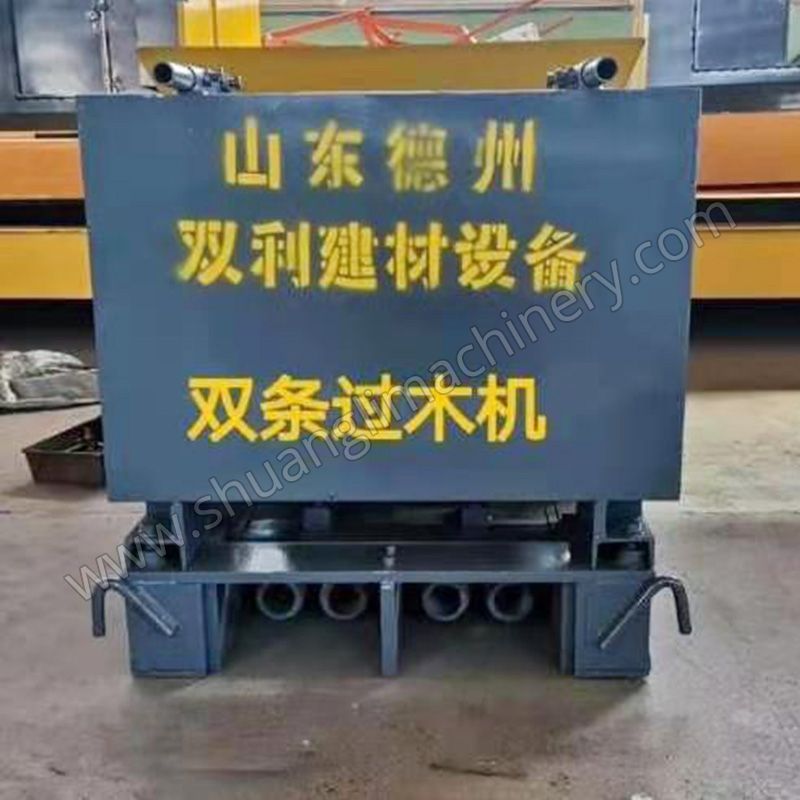

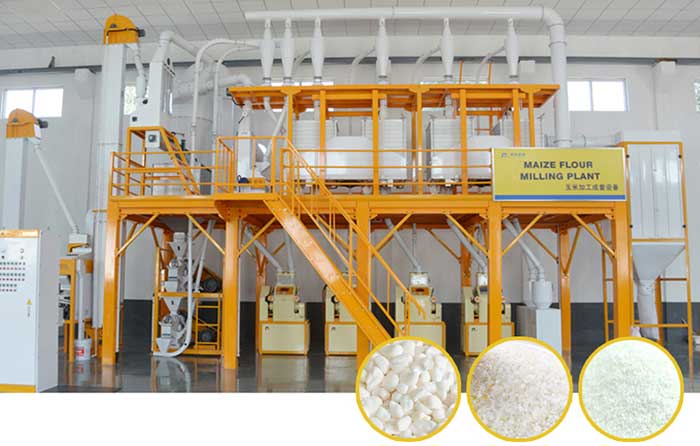
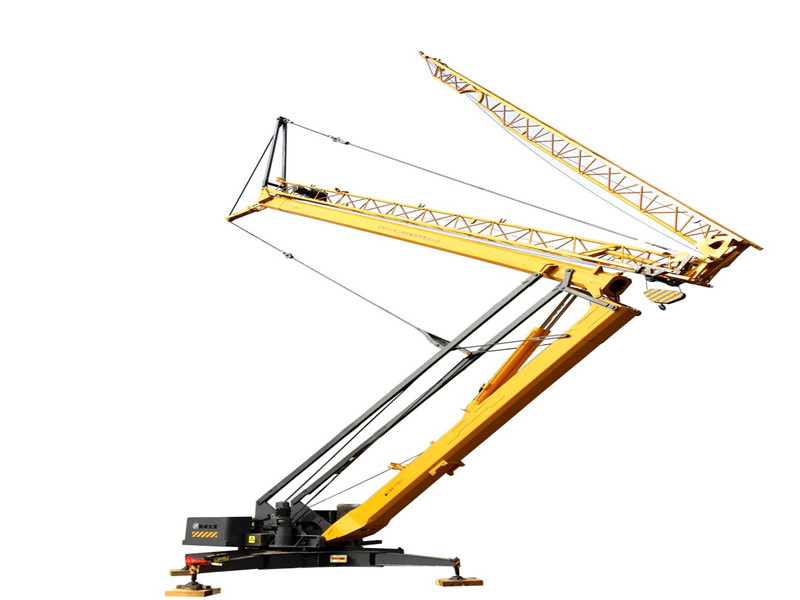
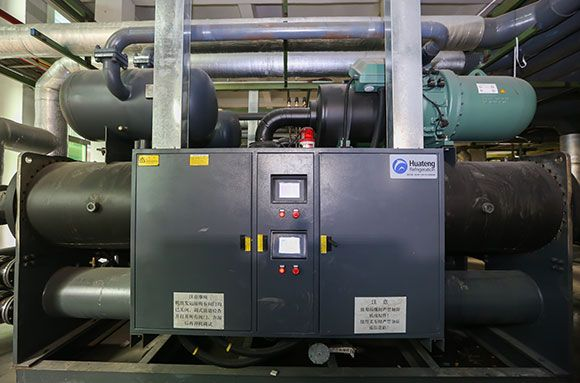
Comments
All Comments (0)